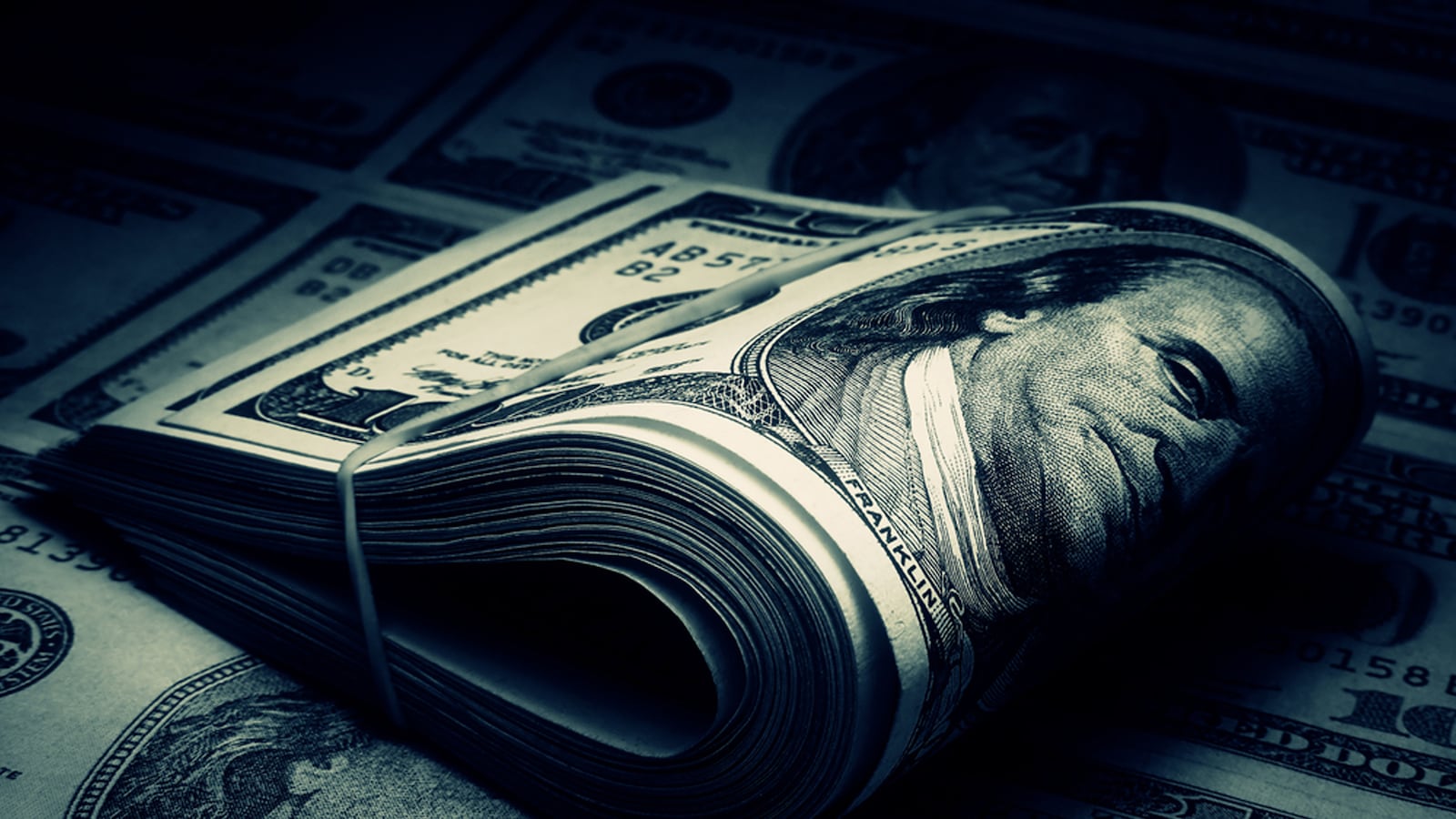This article is cross-posted at OpenSecrets.org.

When it comes to voters’ knowledge about the deep-pocketed donors who are trying to influence their vote, the 2014 election cycle is on track to be the darkest election in recent history. And that’s saying a lot, as each of the last three elections has shattered dark money records set in the preceding cycle.

As the Senate Rules Committee convenes a hearing Wednesday to look at the surge in election spending by nondisclosing groups, we know that in the 2014 midterm cycle, three times more dark money spending has already been reported to the Federal Election Commission than at this point during the 2012 presidential campaign. In that election, 501(c)(4) social welfare organizations and 501(c)(6) trade associations, which do not have to disclose their donors to the public, spent more than $310 million.
To see the changes in action, just look at Iowa. At the beginning of April, a group called Freedom Partners ran an ad that accused Rep. Bruce Braley, a Democrat, of handing out special favors to donors. The ad claims that Braley “takes tens of thousands from his friends in the health insurance industry” who “stand to make billions” from the implementation of the Affordable Care Act.
“Call Bruce Braley,” a masculine voice says in the ad. “Tell him: Stand with Iowa. Stop supporting Obamacare.”
As it turns out, the accusations in the ad are false—as in, flaming “pants on fire” false. Braley, who is running for U.S. Senate, campaigned on overhauling health care, and—perhaps as a result—his contributions from the health-care industry amount to a relative pittance.
The organization that targeted Braley, Freedom Partners, is not a PAC or a super PAC. It’s a 501(c)(6) trade association, which, unlike other vehicles for political money, doesn’t have to disclose its donors to the public.
Freedom Partners is the poster child for the growing flood of dark money in elections. It has fewer employees and more money than almost any other such entity. Of 19,240 recognized trade associations that filed tax returns in 2012, Freedom Partners’ revenues clocked in at No. 9. In its first year, this group outraised established heavyweights such as the National Football League, the American Petroleum Institute, PhRMA, and the Chamber of Commerce—all of which fall under the same tax classification.
And while trade associations with more than $100 million in annual expenditures employ, on average, more than 500 people and spend only about 6 percent of their outlays on grants to other organizations, Freedom Partners gave more than 99 percent of the $238 million it spent in 2012 to other groups, without hiring a single employee.
The hundreds of millions in grant money it doled out in 2012 provided most of the funding for one of the largest, most complex dark money networks in existence. This network, backed by the billionaire industrialists Charles and David Koch, was responsible for about 1 in 4 of the total dark money dollars spent in 2012. Members of the network spent more in 2012 than all liberal dark money groups combined have spent in the more than four years since the watershed Citizens United v. FEC Supreme Court decision.

It wasn’t until this month, however, that Freedom Partners decided to forgo the network and fight its own battles. Thus one of the largest and most shadowy dark money organizations went after Braley under the guise of grassroots advocacy. It’s a sign of more to come.
At this point in the 2012 elections, dark money spending was already at an all-time high compared to the same point at any other cycle, totaling about $4.4 million—a three-fold increase over the 2008 level and six times more than what had been spent in the 2010 midterms.
Now, in the 2014 midterms, we are beating that 2012 record three times over, with $12.3 million spent by organizations that, of course, aren’t supposed to have politics as their primary purpose.

It’s not as if 2008 or 2010 were short on dark money. The 2008 elections were the first to follow the Supreme Court’s decision in Wisconsin Right to Life v. FEC, the oft-forgotten precursor to Citizens United that allowed dark money groups to spend millions on “issue ads” in the weeks just before a primary or general election. That year, dark money groups spent $69 million, nearly 12 times what they’d spent in the 2006 elections.
Then, in 2010, with both WRTL and Citizens United in the rearview mirror, dark money groups doubled down, spending $131 million in the midterms. Social welfare organizations such as Crossroads GPS and Americans for Prosperity—both 501(c)(4)s that don’t disclose their donors—outspent super PACs by a 3-to-2 margin.
There’s a disconnect between the dramatic escalation and the Supreme Court’s clarity on the issue of disclosure. In the Citizens United decision, the justices were nearly unanimous in their support of disclosure as a means to inform citizens of “whether elected officials are ‘in the pocket’ of so-called moneyed interests.” And just this month, in deciding McCutcheon v. FEC, the majority reiterated that disclosure was a reasonable burden on free speech that may “deter actual corruption and avoid the appearance of corruption by exposing large contributions and expenditures to the light of publicity.”
Yet despite the court’s recognition that voters should be able to know who’s funding their elected officials, spending by dark money groups continues unabated, leaving voters in the dark.






